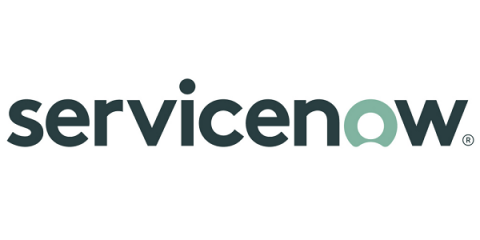Operations | Monitoring | ITSM | DevOps | Cloud
ITSM
The latest News and Information on IT Service Management, Service Desk and related technologies.
Reduce Software License Cost through "Usage-Based" Application Optimization
Enterprises are looking at Software as the key differentiator to render faster services to their customers, which has led to an exponential rise in the number of Enterprise software being onboarded and deployed. The recent move to remote and hybrid working has accelerated this trend. Currently, IT teams are managing an average of 170+ Enterprise apps in large organizations and 70+ in small and medium organizations (Okta report).
Solving the Top 3 IT Visibility Challenges in the Digital Workplace
Managing workplace technology is more complex now than ever before. The world as we see it has changed, leading to a burst of technological innovations aimed at creating efficient digital workplaces creating more flexibility for employees but are something of a monster for IT to manage. Managing the complexity of the digital workplace at an enterprise level requires visibility into every digital asset.
3 steps to reduce IT Tickets without impacting End User Satisfaction and Productivity
Recently, a top consulting firm’s VP, of IT Operations, managing 80K endpoints asked: “What shall we do to Drive down the Service Desk cost by 30%?” This doesn’t come as a surprise. In fact, we’ve been hearing this question from many IT teams lately, across all industries. EUC managers know that reducing Service Desk costs will directly impact employee satisfaction and result in an increase in escalations.
Reduce Hardware Refresh Costs through "Performance-Based" Device Upgrade
In today’s Digital Workplace, Managing Hardware assets efficiently is every IT team’s mandate. Despite the uptick in the adoption of virtualization in various client-side components including end users’ desktops, Their PHYSICAL DEVICE – still plays a significant role in the overall digital experience and their Productivity. However, when it comes to Managing and Upgrading these Devices, most organizations decide to replace the device based on their age.
What Is Professional Services Automation?
Professional services automation can play a pivotal role in the delivery of services. It is a technology platform that enables organizations to streamline and automate all areas of their professional services operations, including project management, customer support, billing and invoicing, resource management, and reporting.
A recipe for better IT services and happier teams
The traditional wall between IT operations and IT services—along with tedious, antiquated processes for resolving IT issues—is harmful to a company’s productivity. It’s also soul-sucking for team members. Those conditions hinder data sharing and collaboration. As a result, IT staffers must spend hours on cumbersome tasks rather than focusing on meaningful, strategic projects that make them look forward to their workdays.











